|
On Wednesday, March 4, my adviser from the university graciously took us to a rural school about 17 miles/ 27 km outside of Jyväskylä. It was a beautiful morning when we set out with big, fluffly snowflakes falling. As we made our way out of the city, the world became whiter and quieter. This little school is a community school. In this rural area, some children do come to school by 'taxi' - a van. This school is a beloved place and in the past years families have chosen to move to this area (most work in Jyväskylä) with this school being a paramount motivator. I'm learning how Finland's education system is facing budget cuts, including the closing of some little schools and consolidation. This school will be closed as will another area rural school. They will join together as one school...eventually. It seems that the money has been slow to trickle to this project so these schools might be able to eek out a couple more years. Essentially, this is a three-classroom school - preschool with less than 10 children, grades 1 - 2 with maybe 12 students, and grades 3 - 6 with around 15 students. There's one teacher for each class, and, the 1-2 grade teacher is also the principal. It's been common in Finland that the principals also teach. In this case, I can't help thinking how this woman has 2 full-time jobs! The school is also home to a daycare with about a dozen children. Basic education is a guaranteed right and supported by tax payers. Daycare is heavily subsidized - families pay on a sliding scale based on their income in the spirit of access and equity. However, I've spoken with some parents who pay at the top of the sliding scale - they pay in one month what a family in the United States might pay in one week. You can see all of the children - preschool - 6th grade - and their 3 teachers in this sweet video. Many elements of what we observed are commonplace in Finnish schools. In fact, I've recently been given advice about my research project -- I don't need to visit many schools because there's a level of uniformity in that all schools are delivering the national curriculum with highly qualified teachers in a country that values education. Instead, I've been advised to look at schools in diverse geographical areas - intentional dip sticks, that's how I'm thinking of it. The national curriculum, though, is translated through the lens of local municipalities and then schools which gives unique elements to schools, too. For example, this school uses multi-age classrooms, which is not a common feature in Finland but a common feature in rural schools. So, please, come on a little tour with me, complete with commentary - just put your cursor over each picture to see the caption or click on the picture and page through the photos. As a teacher and having experienced an elementary education, much of this day was recognizable. The nuances of the rhythm of the day with breaks, diversity of classes and the mid-day meal are such binding factors, though, to the children learning.
I want to add one more idea here. Yesterday I was involved in a conversation with the director of the Fulbright Center of Finland. She said something that re-framed so much for me. Education here is not free. Meals are not free. University education is not free even when students do not pay tuition and receive an 'allowance' for living expenses and can attend university for, oh, 7 years. Of course, these services cost money and they are funded by tax payers. Finns are taxed based on their income - the more money you make, the more you are taxed, with national income tax for the highest earners (over 100,000 Euros a year) being a little more than 30%. On top of that, Finns pay municipal income taxes, from 15% to 22%. So, it's possible for high-earning Finns to pay over 50% in income tax. This is a democratic nation of engaged voters who value education, health care, and other elements of a 'social safety net' for its citizenry. So, it's not that Finland has free education, it's that they choose to fund it collectively in the spirit of educational equity. Finns don't pay for "my child" they pay for "all children."
5 Comments
5/16/2023 07:36:39 pm
Thanks for the article, may i share this and Would u visit our website on <a href="https://umj.ac.id/">Kampus terkemuka</a>
Reply
6/21/2023 05:18:34 am
Very good Informative and useful... Keep up the great work.
Reply
11/22/2023 03:37:35 pm
Who can do a doctor? Those Who Have the Right to a Doctorate
Reply
Leave a Reply. |
Back to Blog Home Page
This blog represents my point of view only and is not associated with the U.S. State Department or the Fulbright Program. Archives
May 2015
|
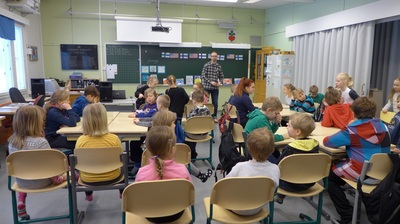
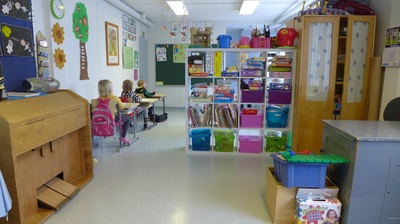
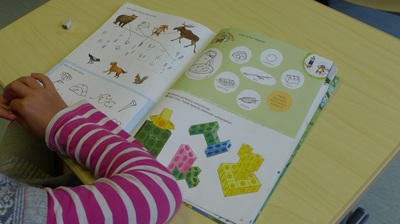
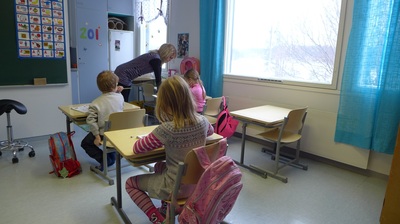
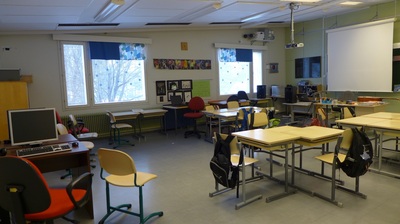
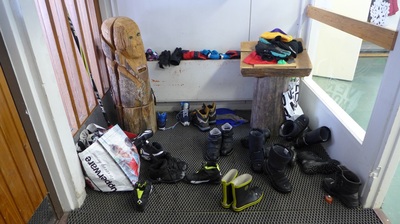
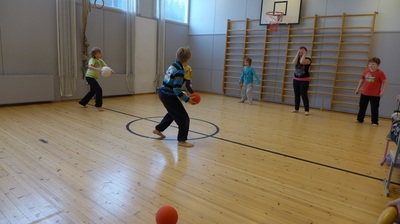

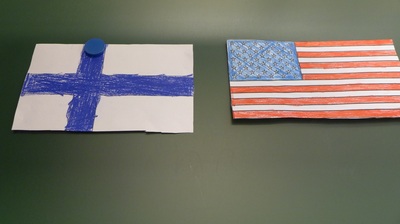
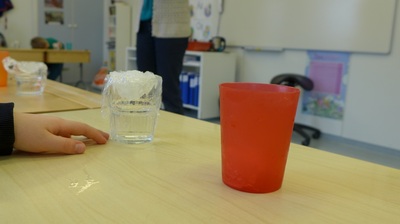
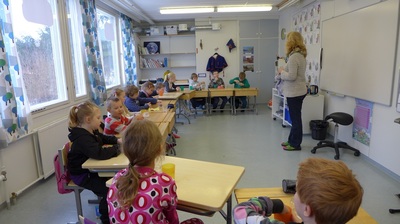
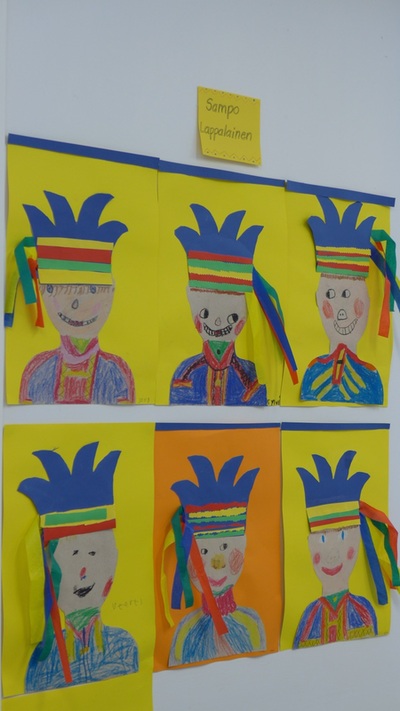
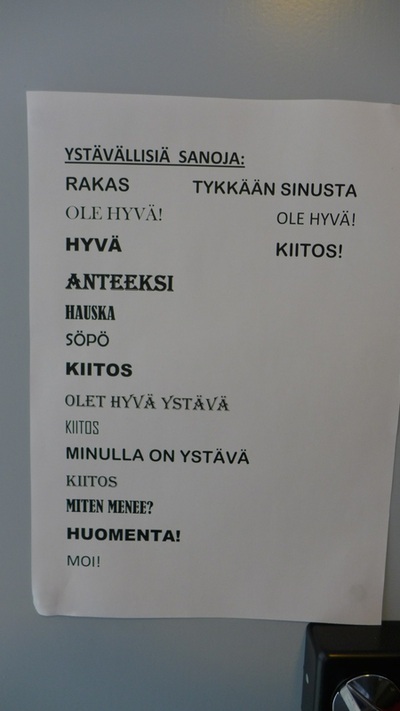
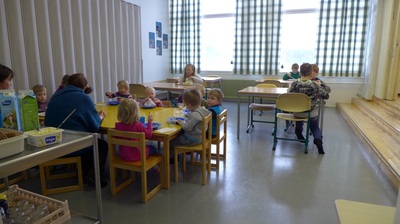
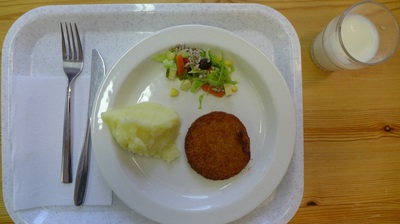
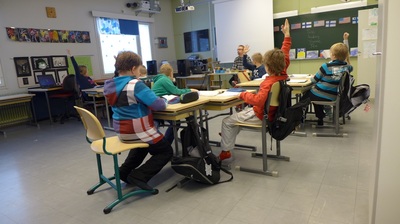
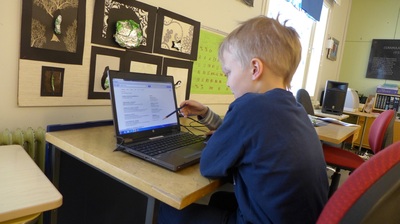
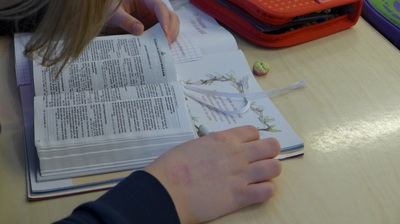
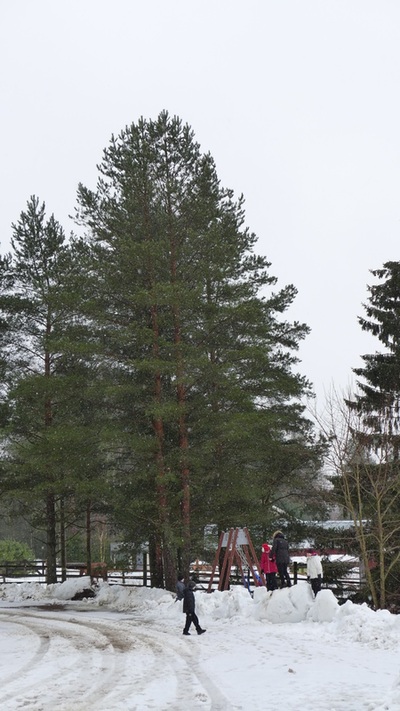
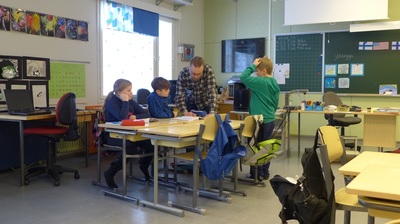
 RSS Feed
RSS Feed